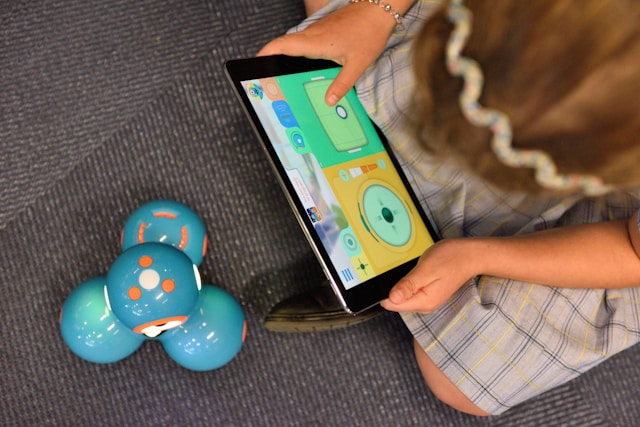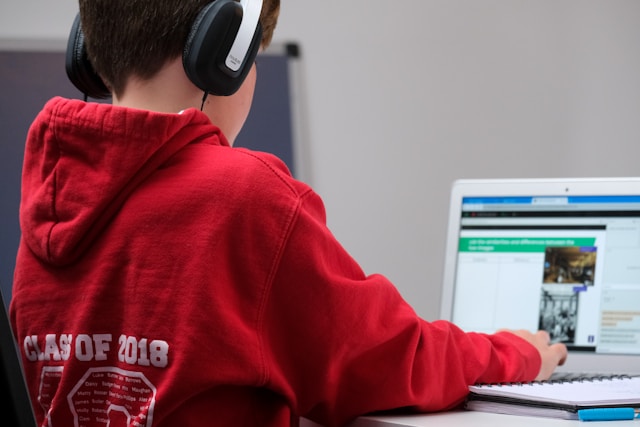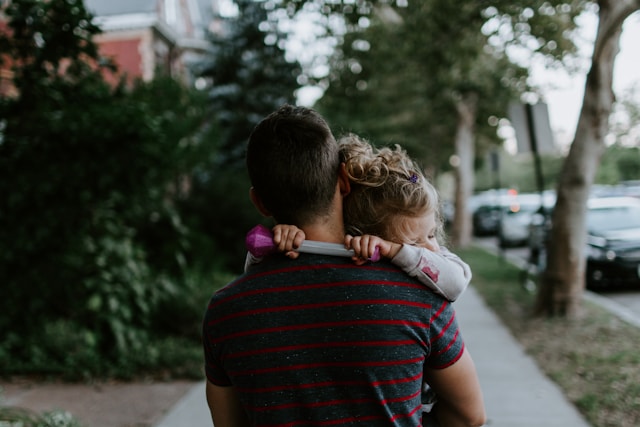
In today’s digital age, children are stepping into the online world earlier than ever. They’re exploring websites, using apps, and engaging on social media. While these platforms open doors to learning and entertainment, they also expose kids to serious risks, including data breaches, cyberbullying, and potential exploitation.
Protecting online privacy for kids isn’t just about technology; it’s about making thoughtful decisions to keep children safe in a digital environment. As parents, it’s essential to understand the challenges and take proactive steps to address them.
Think of the internet as a massive playground. While it’s full of exciting opportunities, it also has areas that are unsafe. Children often lack the awareness to identify these dangers. Sharing personal information, even something as simple as a name or school, can expose them to risks.
Online platforms and apps often collect data about users. This data is sometimes shared with advertisers or sold to third parties. Children might unknowingly provide information that companies use for profit, leaving their privacy unprotected.
Beyond commercial risks, there are social dangers. Cyberbullies and online predators thrive in unmonitored digital spaces, often using personal information to manipulate or harm their targets. Parents must remain vigilant to shield children from these threats.
Many apps and games collect unnecessary information. Some require access to personal information, photos, contacts, or location data, even when it isn’t relevant to their function.
Children often share posts without understanding their consequences. A simple photo or a comment about their location can reveal critical personal details.
Online chats and forums are popular among kids but often lack adequate safeguards. This can expose children to harmful interactions, including identity theft or manipulation.
Protecting kids online may sound daunting, but simple, practical steps can make a world of difference.
Children need to understand the importance of keeping their personal data private. Explain that sharing details like their address, school name, or phone number can be risky. Help them recognize suspicious messages or requests from strangers.
Instead of dictating rules, make it a conversation. For example, ask, “If someone you don’t know asked for your address in person, would you give it to them? The same applies online.”
Most platforms allow users to adjust their privacy settings. Take the time to explore these options:
– Make profiles private.
– Turn off location tracking.
– Limit permissions to only what is necessary.
These small adjustments reduce the amount of user data apps and websites can access.
Parental control apps like Qustodio and Bark can help you monitor your child’s activity without invading their privacy. These tools let you block harmful websites, track screen time, and get reports about what your child is doing online.
Setting limits on device usage isn’t just about reducing digital fatigue. It’s also a way to control exposure to potentially unsafe online spaces. Tools like Google Family Link allow you to manage screen time and restrict app usage.
Technology can help protect your child’s online safety when used wisely. Here are a few resources parents can rely on:
Safe Browsers: DuckDuckGo offers privacy-focused browsing without tracking user behavior.
Child-Friendly Platforms: Apps like YouTube Kids and Messenger Kids create a safer environment tailored for children.
Educational Websites: Platforms like Common Sense Media provide reviews and advice on the safety of apps, games, and websites for kids.
These tools act as an additional layer of protection while teaching kids that the internet can be both fun and safe.
Children often mimic the behavior of adults. If they see you practicing good online habits, they’re more likely to follow your lead. Be mindful of what you share online and show them how to maintain their own privacy.
Review the apps and websites your family uses together. Make it a habit to discuss online safety openly. When kids feel they can talk to you about their experiences, they’re less likely to hide potential problems.
Protecting online privacy for kids isn’t just about installing apps or tweaking settings. It’s about fostering a culture of awareness and responsibility. Children need guidance to navigate the digital world safely, and parents play a critical role in shaping that journey.
Take the time to educate your child about safe browsing habits. Use tools and resources to provide additional protection. Most importantly, stay involved in their digital activities. A proactive approach today can save your child from future risks and help them build healthy digital habits.
By empowering kids with the knowledge and tools to protect their privacy, you’re not only keeping them safe but also preparing them for a lifetime of responsible internet use.


